Notes: Neston South station was situated on the Birkenhead Joint Railway (BJR) Hooton and Parkgate branch which opened on 1 October 1866. The BJR was a joint railway of the London & North Western Railway (LNWR) and the Great Western Railway (GWR). Hooton was located on the BJR Birkenhead - Chester main line and there was a colliery at Parkgate (Neston Colliery) which the BJR wanted to serve. The Parkgate branch passed through a rural area but three stations were provided to serve areas of population (the other two being Hadlow Road and Parkgate).
 Neston South was opened with the line as Neston. It was situated on the south-eastern side of the village of Neston. The station was provided with a substantial brick built building which included a two storey house for the station master. Facilities included a booking office, a waiting room and a lamp room. Only a single track passed through the station so only one platform was provided. Neston South was opened with the line as Neston. It was situated on the south-eastern side of the village of Neston. The station was provided with a substantial brick built building which included a two storey house for the station master. Facilities included a booking office, a waiting room and a lamp room. Only a single track passed through the station so only one platform was provided.
Goods facilities were provided to the west of the station on the north side of the line and comprised two sidings one serving a cattle dock. There was a 10-ton crane in the goods yard.
At the time of opening passenger services mostly ran between Hooton and Parkgate with some services continuing on to Birkenhead Monks Ferry.
On 19 April 1886 the branch line was extended from Parkgate to West Kirby.
The December 1895 timetable showed Neston as having ten up and eleven down services Monday-to-Friday. there was and extra down service on Tuesdays and Saturdays. On Sundays there were four trains in each direction.
| Up Trains - December 1895 |
Destination |
Down Trains - December 1895 |
Destination |
| 8.14am |
Hooton |
6.48am |
West Kirby |
| 8.54am |
Birkenhead Woodside |
8.00am |
West Kirby |
| 10.07am |
Birkenhead Woodside |
9.18am |
West Kirby |
| 11.50am |
Birkenhead Woodside |
10.49am |
West Kirby |
| 2.00pm |
Hooton |
1.08pm |
West Kirby |
| 3.30pm |
Birkenhead Woodside |
2.38pm (Saturdays Excepted) |
West Kirby |
| 5.16pm |
Hooton |
2.48pm (Saturdays Only) |
West Kirby |
| 6.46pm |
Birkenhead Woodside |
4.16pm |
West Kirby |
| 7.35pm |
Birkenhead Woodside |
5.34pm |
West Kirby |
| 9.00pm |
Hooton |
6.39pm |
West Kirby |
| 10.18pm (Saturdays Only) |
Birkenhead Woodside |
8.08pm |
West Kirby |
| |
|
9.36pm |
West Kirby |
| |
|
10.38pm (Saturdays Only) |
Parkgate |
| |
|
11.58pm (Tuesdays Only) |
Parkgate |
At West Kirkby there was a connection with the Wirral Railway (WR) which allowed excursion services to run through to the seaside resort at New Brighton. Some long distance through coaches were also operated to and from the WR.
On 18 May 1896 the Manchester Sheffield & Lincolshire Railway (MS&LR) opened a line through Neston. It ran north/south and passed over the BJR branch to the west of Neston station. It was provided with its own station at Neston which was closer to the village centre. In 1897 the MS&LR changed its name to the Great Central Railway (GCR).
The July 1922 timetable showed 14 trains in each direction Monday-to-Friday. There was an extra train in each direction on Saturdays. On sundays there were five trains each way.
On 1 January 1923 the LNWR became part of the London Midland & Scottish Railway (LMS). Neston became a joint station of the LMS and GWR.
In 1927 Neston Colliery closed which significantly reduced the lines revenue from freight. Local bus services were also competing with the line by this time and they could operate into the centre of Neston making them more attractive. The Hooton - West Kirby branch became uneconomical.
Passengers did still use the line and one of the major users were scholars travelling from stations along the route to the secondary schools in West Kirby. In the summer months day trippers also used it to reach Parkgate and West Kirby.
In the summer of 1932 there were 22 up and 23 down trains Monday-to-Friday. On Saturdays there was an extra up train and there were 7 trains each way on Sundays. This level of service was the best that the line would enjoy. An important through service passed through Neston at this time. It ran once a day and consisted of one or two coaches that ran from New Brighton via Bidston and West Kirby to Hooton and Chester, where it was attached to a London Euston train; this ran until the Second World War broke out on 3 September 1939.
The war brough extra traffic to the branch as military facilities opened along its course.
On 1 January 1948 Neston became part of British Railways [London Midland Region] (BR[LMR]). The summer timetable for 1949 showed 13 up and 14 down services Monday-to-Friday. On Saturdays there was an extra up service and on Sundays there were five trains in each direction.
On 1 July 1950 the goods facilities at Neston station were renamed Neston South. This was to distinguish them from the former GCR station which had also become part of BR[LMR]. The former GCR station facilities became Neston North. On 15 September 1952 the passenger station was also renamed as Neston South.
Being hopelessly uneconomic BR[LMR] withdrew the passenger service between Hooton and West Kirkby on 17 September 1956 and Neston south was closed to passengers. The last passenger train had departed for Hooton at 10.18pm on Saturday 15 September 1956.
In 1961 newly introduced DMUs passed through Neston South station. However they were not for the use of passengers. The line was being used to train drivers in the use of the DMUs.
Neston South station continued to be used for goods until 7 May 1962. The very last goods train stopped at Neston South so that the train crew could remove any remaining fixtures and fittings that were of value. Early in 1964 the demolition gangs began their work and the line was lifted.
In 1968 the route of the Hooton - West Kirby Branch was chosen to create Britain's first country park the Wirral Country Park opening in 1973. The park forms the central section of Wirral Way, a 12 miles cycleway and footpath that follows the course of the railway between West Kirby and Hooton; however the site of Neston South station had been developed as part of a housing estate before the Country Park was created so nothing of it remains today.
Tickets from Michael Stewart
To see the other
stations on the Hooton - West Kirby line click on the station
name:West Kirby, Kirby Park, Caldy, Thurstaston, Heswall, Parkgate (2nd), Parkgate (1st), Hadlow Road & Hooton |

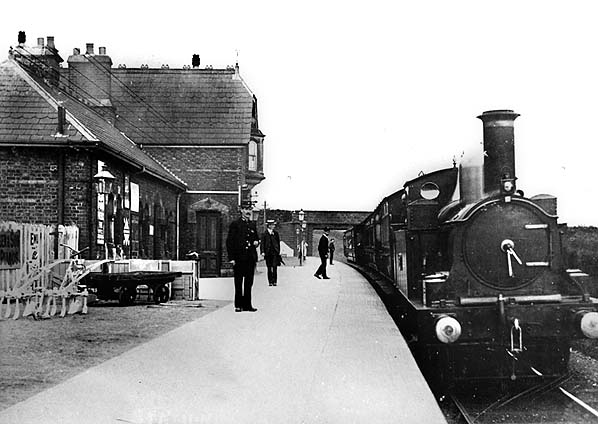
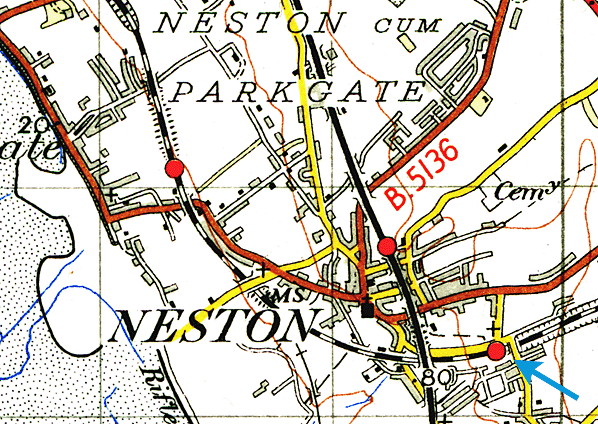
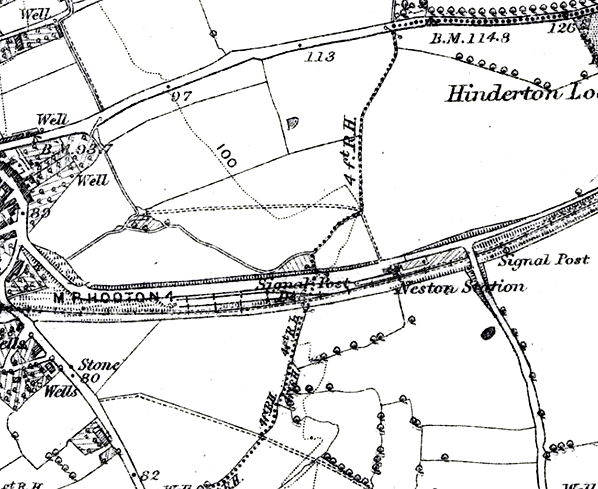
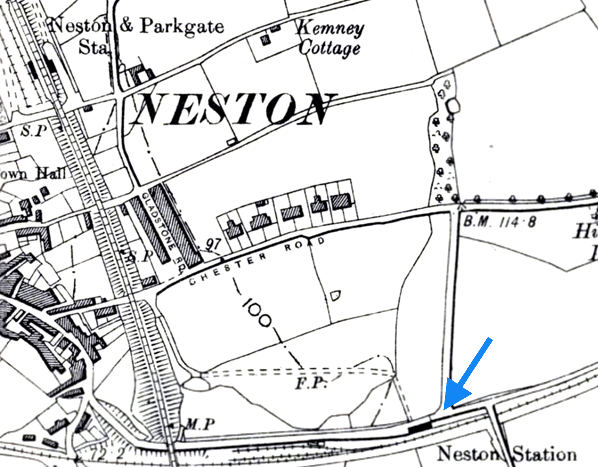
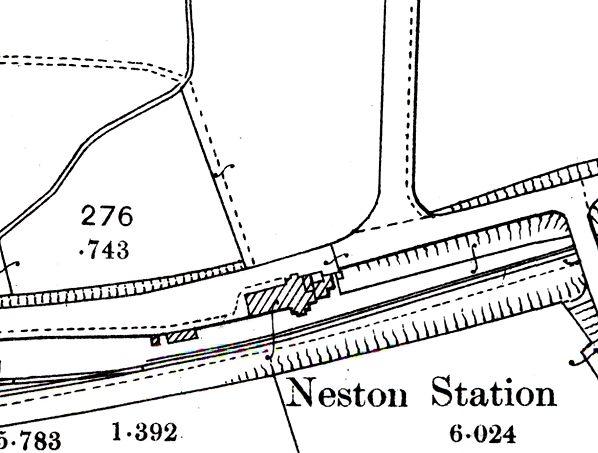
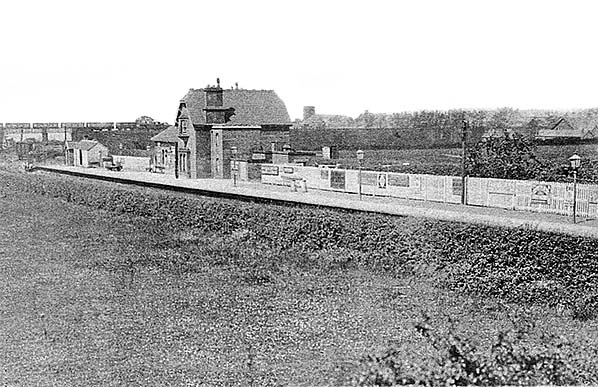
south2.jpg)
south1.jpg)
south4.jpg)
 Neston South was opened with the line as Neston. It was situated on the south-eastern side of the village of Neston. The station was provided with a substantial brick built building which included a two storey house for the station master. Facilities included a booking office, a waiting room and a lamp room. Only a single track passed through the station so only one platform was provided.
Neston South was opened with the line as Neston. It was situated on the south-eastern side of the village of Neston. The station was provided with a substantial brick built building which included a two storey house for the station master. Facilities included a booking office, a waiting room and a lamp room. Only a single track passed through the station so only one platform was provided.
south_thumb2.jpg)
south_thumb3.jpg)
south_thumb5.jpg)

 Home Page
Home Page